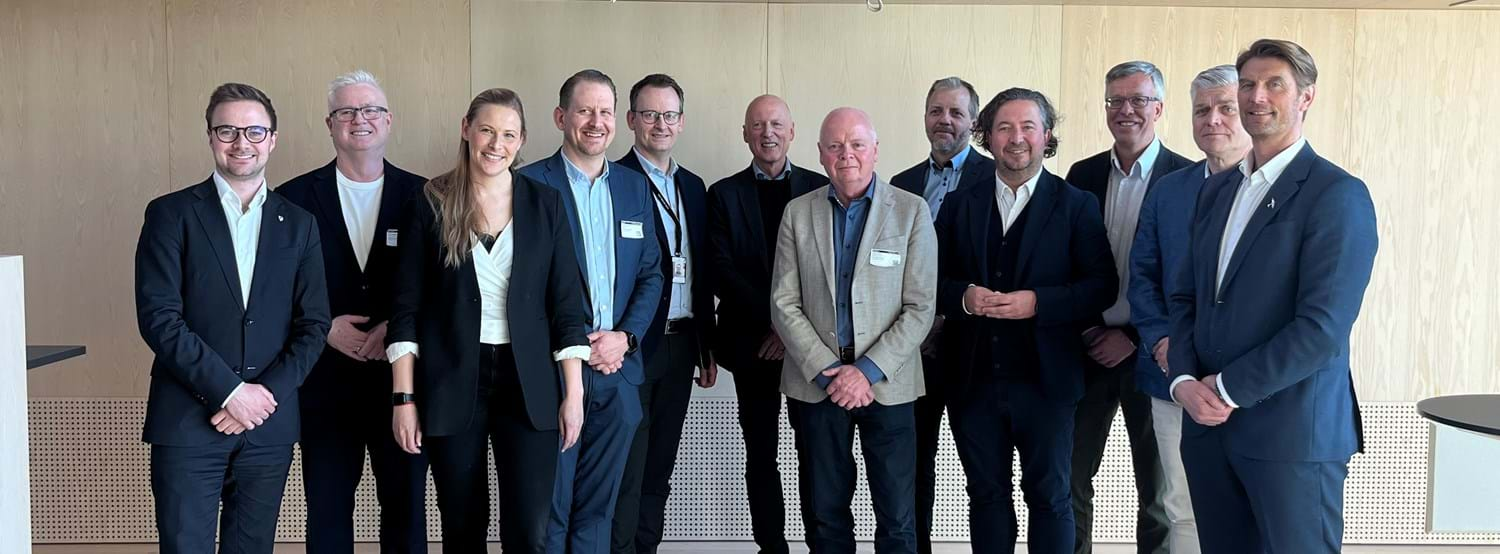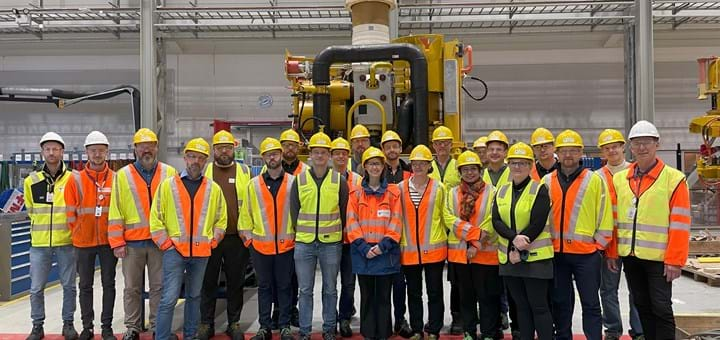System Industry: From Oil and Gas to Sustainable Horizons

The system industry in Western Norway is at a crossroads between its traditional ties to oil and gas and new green value chains.
The system industry in Western Norway employs nearly 12,000 people, with an average value creation of over 3 million NOK per employee. The industry is not only an economic force for Western Norway but also a key to achieving Norway's climate and export goals.
We gathered stakeholders to discuss the opportunities and the necessary framework conditions for a successful transition to green value chains. Moreover, to present the findings in a report prepared by EY, analyzing the industry and emphasizing its potential and challenges.
The event was organized during the One Ocean Week at Vestlandshuset in Bergen, by Grøn Region Vestland, Hardanger Industry, Nordhordland Business Association, Bergen Business Council, Sogn og Fjordane Business Council, EY, Atheno, and GCE Ocean Technology.
Adapting to New Value Chains
Currently, the oil and gas industry is performing well, but diversification is important for the long term.
It is expected that oil and gas investments will continue to increase in the short term to meet demand from Europe. At the same time, it is crucial for the system industry to capitalize on the emerging opportunities in green markets.
Owe Hagesæther, CEO of GCE Ocean Technology, led the discussion on the challenges and opportunities for the system industry and challenged the participants on whether the focus on renewable energy could be significant enough in this considering the current conditions.
For Odfjell Technology, it was essential to have a separate company for offshore wind, like Odfjell Oceanwind, otherwise, it would have been "swallowed" back into oil and gas due to the current rapid pace, according to Vegard Sjursen from Odfjell Technology.
- It has been argued that we also carry over the cost level from oil and gas into the renewable industries; is this a challenge for the green transition?, continued Hagesæther.
It was debated that this is more of a perceived challenge than a real one, and that we are able to adapt in the new value chains of new energy forms.
"I don't think it's a threat, we just need to think more out of the box," said Vegard Sjursen from Odfjell Technology, while some panel participants also acknowledged that the pursuit of profit means that the focus is still largely on oil and gas.
Diversification Requires a Joint Effort
Diversifying the system industry also requires that framework conditions and terms must be in place, similar to those for oil and gas in its time, to support technological leaps and transition to renewable energy sources also to meet the strong international competition, especially from countries like the USA and China, and Norway must find innovative solutions to compete effectively.
Land-based wind was used as an example of an expensive energy form that has developed into the cheapest form of produced electrical energy, largely thanks to substantial government support schemes.
Similar development could occur with floating offshore wind, since the wind resources offshore are good and do not have the same land constraints. However, it is acknowledged that reducing costs and increasing mass production for offshore wind will take time and requires good framework conditions, financing arrangements, and incentives to achieve the same.
Wärtsilä has been instrumental in Norwegian shipping, but challenges related to 'deep shipping' and 'deep ocean' were also highlighted. Wärtsilä emphasized that predictability is a challenge, but this can be resolved through political agreements on green corridors, which create a certain predictability and are an important instrument for the industry.
The discussion also touched on how Norway has a rich history of developing resource-based industries from fish and hydropower to oil and now offshore wind, and it was emphasized that we must dare to invest further in new opportunities.
The Need for Bright Minds
Finally, recruitment challenges were addressed, where concerns were expressed that young, talented students often seek opportunities away from technical workplaces in Norway, which could have serious consequences for future industrial development and innovation.
Here, GCE Ocean Technology is working with academic institutions in the cluster to bridge the gap between students and the business sector, and representatives from the system industry on the panel expressed a desire to reach students even more and recognized their responsibility to make the industry attractive.
Contact Information

About
The system industry is defined as companies that design, produce, purchase, and service industrial machinery andequipment.
Western Norway is home to world-leading companies in energy systems, particularly targeting the maritime and offshore market.



